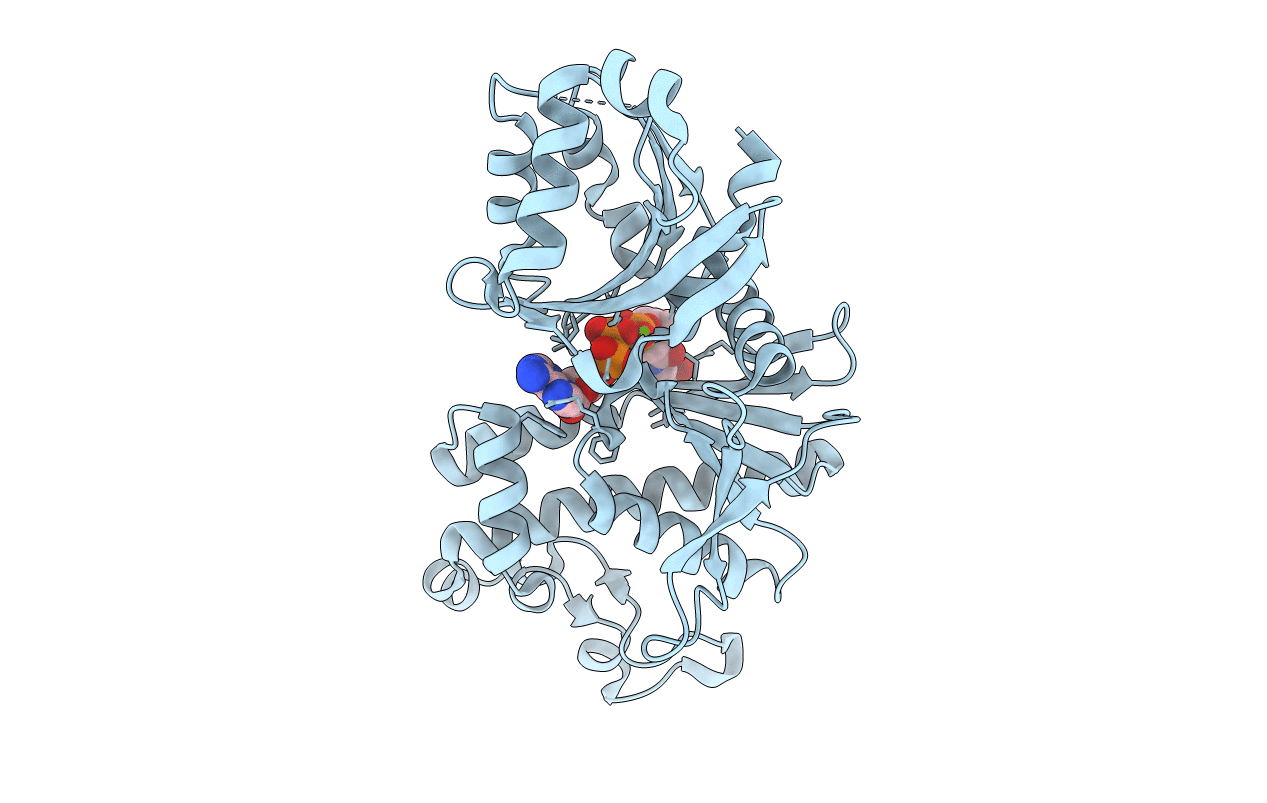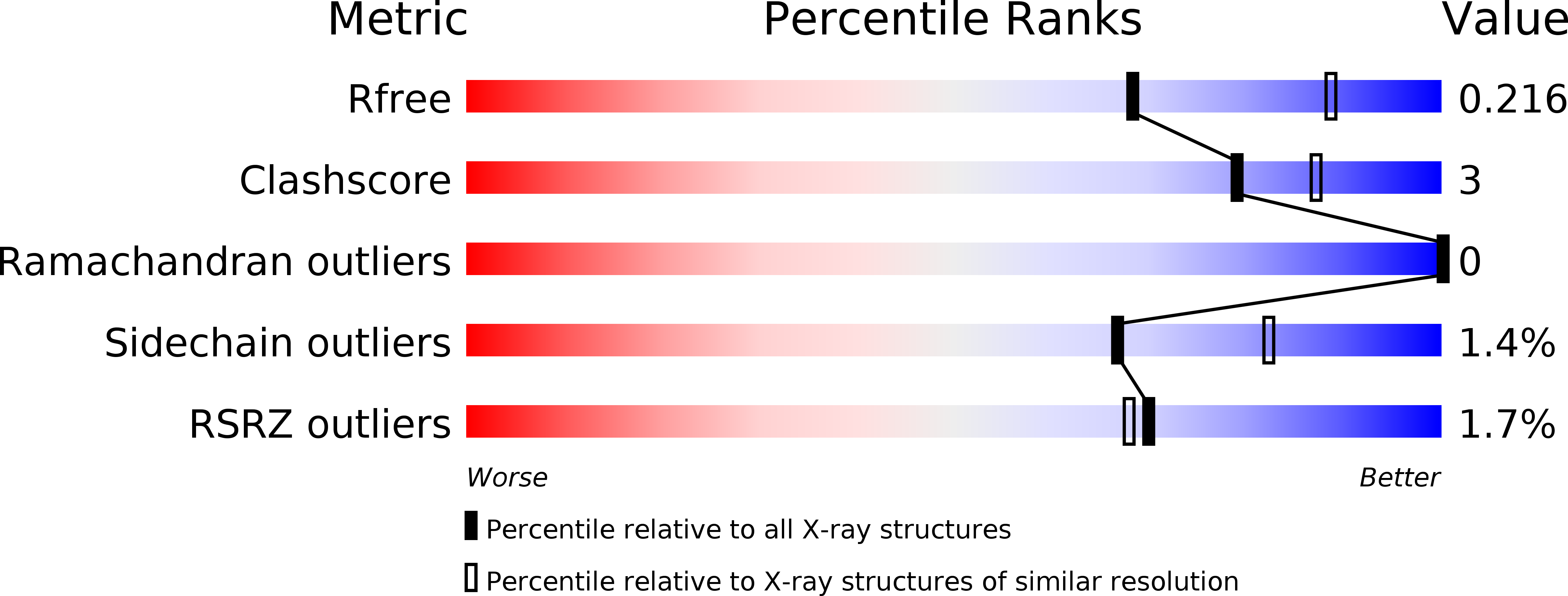
Deposition Date
2016-07-05
Release Date
2016-08-31
Last Version Date
2023-10-04
Method Details:
Experimental Method:
Resolution:
2.40 Å
R-Value Free:
0.21
R-Value Work:
0.17
R-Value Observed:
0.17
Space Group:
P 31 2 1


